Below is some information and visual imagery i have found for this...
Native americans live in a wide range of different homes depending on what particular tribe they belong to. Here are some of the most popular and most recognisable types of homes...
WIG WAM
Word History: English has adopted two words for Native American dwellings from languages in the Algonquian family. Both wigwam and wickiup come from the Algonquian root wik- (with a variant wig-), "to dwell," to which suffixes are added. Wigwam comes from Abenaki wigwam (spelled various ways) and means "their dwelling";wickiup comes from Fox dialect wikiyap or wikiyapi, "a dwelling, wigwam."
Source // Dictionary
|
Source // Donaldsweblog
Tradtional native American's 'Wig Wam'
Source // Ronsarri
More modern 'Wig Wam Motel' located in California.
TEE PEE
"A tipi (also tepee and teepee) is a Lakota name for a conical tent traditionally made of animal skins and wooden poles used by the nomadic tribes and sedentary tribal dwellers (when hunting) of the Great Plains. Tipis are stereotypically associated with Native Americans in general but Native Americans from places other than the Great Plains mostly used different types ofdwellings. The term "wigwam" (a domed structure) is sometimes incorrectly used to refer to a tipi.
The word "tipi" comes into English from the Lakota language; the word thípi [ˈtʰipi] consists of two elements: the verb thí, meaning "to dwell", and a pluralising enclitic (a suffix-like ending that marks the subject of the verb as plural), pi, and means "they dwell". Lakota verbs can be used as nouns and this is the case with thípi, which in practice just means "dwelling"."
Source // Wikipedia
Source // Wikipedia
The difference between a TeePee and a WigWam
A wigwam is made of mud and a teepee buckskin. The location and design on the tent also detemines wether is is a teepee or wigwam.
PUEBLO
Source // PBWorks
Source // BarbsBooks
"Pueblo is a term used to describe modern (and ancient) communities of Native Americans in the Southwestern United States of America. The first Spanish explorers of the Southwest used this term to describe the communities housed in apartment-like structures built of stone, adobe mud, and other local material. These structures were usually multi-storeyed buildings surrounding an open plaza. They were occupied by hundreds to thousands of Pueblo people."
Source // Wikipedia
IGLOO
"An igloo (Inuit language: iglu,[1] Inuktitut syllabics: ᐃᒡᓗ, plural: iglooit or igluit) or snowhouse is a type of shelter built ofsnow, originally built by the Inuit.
Although igloos are usually associated with all Inuit, they were predominantly constructed by people of Canada's Central Arctic and Greenland's Thule area. Other Inuit people tended to use snow to insulate their houses, which were constructed from whalebone and hides. Snow is used because the air pockets trapped in it make it an insulator. On the outside, temperatures may be as low as −45 °C (−49 °F), but on the inside the temperature may range from −7 °C (19 °F) to 16 °C(61 °F) when warmed by body heat alone.[2]"
Source // Wikipedia
Source // Wikipedia
Source // Wikipedia
Different Tools/Weapons used by 'Native Americans'...
TOMAHAWK
A tomahawk (also referred to as a hawk) is a type of axe native to North America, traditionally resembling a hatchet with a straight shaft.[1][2]The name came into the English language in the 17th century as a transliteration of the Powhatan (Virginian Algonquian) word.
Tomahawks were general purpose tools used by Native Americans and European Colonials alike, and often employed as a hand-to-hand or a thrown weapon, much like the African nzappa zap.[1][2] It originally featured a stone head, but later iron or brass heads were used. The metal tomahawk heads were originally based on a Royal Navy boarding axe and used as a trade-item with Native Americans for food and other provisions.[1][2]
Source // Wikipedia
Source // FAA
Source // Wood Co
SNOWSHOES
A snowshoe is footwear for walking over the snow. Snowshoes work by distributing the weight of the person over a larger area so that the person's foot does not sink completely into the snow, a quality called "flotation".
Traditional snowshoes have a hardwood frame with rawhide lacings.
In the past, snowshoes were essential tools for fur traders, trappers and anyone whose life or living depended on the ability to get around in areas of deep and frequent snowfall, and they remain necessary equipment for forest rangers and others who must be able to get around areas inaccessible to motorized vehicles when the snow is deep.
North American indigenous people developed the most advanced and diverse snowshoes prior to European exploration and colonization. Nearly everyAmerindian tribe developed its own particular shape of shoe, the simplest and most primitive being those of the far north. The Inuit have two styles, one being triangular in shape and about 18 inches (46 cm) in length, and the other almost circular, both reflecting the need for high flotation in deep, loose and powdery snow. However, contrary to popular perception, the Inuit did not use their snowshoes much since they did most of their foot travel in winter over sea ice or on the tundra, where snow does not pile up deeply.
Source // Wikipedia
Source // EchoStains
Source // Vintage Winter
Source // All Posters
TRAVOIS (a type of sledge)
A travois (Canadian French, from French travail, a frame for restraining horses; also obsolete travoy or travoise) is a frame used by indigenous peoples, notably the Plains Indians of North America, to drag loads over land. The basic construction consists of a platform or netting mounted on two long poles, lashed in the shape of an elongated isosceles triangle; the frame was dragged with the sharply pointed end forward. Sometimes the blunt end of the frame was stabilized by a third pole bound across the two poles.
The travois was dragged by hand, sometimes fitted with a shoulder harness for more efficient dragging, or dragged by dogs or horses (after the sixteenth-century introduction of horses by the Spanish). A travois could either be loaded by piling goods atop the bare frame and tying them in place, or by first stretching cloth or leather over the frame to hold the load to be dragged.
Source // Wikipedia
Source // forttours
Source // cache2
BOW AND ARROWS
Warriors used the bow while on horseback and was therefore much shorter than the longbow used in Europe. Arrow heads were made of flint, bone and metal. It was claimed that an experienced warrior could fire twenty arrows in the time it took a settler to fire and reload a single-shot musket.
Source // Spartacus
Archery seems to have arrived in the Americas with the Arctic small tool tradition, about 2,500 BC, spreading south into the temperate zones as early as 2,000 BC, and was widely known among the indigenous peoples of North America from about 700 AD.[4] An archery game was widely practiced among the tribes of the Southern US which involved shooting at a hoop rolled with a forked stick. Points were scored based on how the arrow landed. The competition was popularly related to notions of fertility.[5] Tribesmen of the Great Plainsbecame extremely adept at archery on horseback.
Source // Wikipedia
Source // Tradingpost
TULE BOATS
Reed boats and rafts, along with dugout canoes and other rafts, are among the oldest known types of boats. Often used as traditional fishing boats, they are still used in a few places around the world, though they have generally been replaced with planked boats. Reed boats can be distinguished from reed rafts, since reed boats are usually waterproofed with some form of tar.[1] As well as boats and rafts, small floating islands have also been constructed from reeds.
Dyed and woven, tules are used to make baskets, bowls, mats, hats, clothing, duck decoys, and even boats by Native American groups. At least two tribes, the Wanapum and the Pomo people, constructed tule houses as recently as the 1950s and still do for special occasions.Bay Miwok, Coast Miwok, and Ohlone peoples used the tule in the manufacture of canoes orbalsas, for transportation across the San Francisco Bay and using the marine and wetland resources.[2] Northern groups of Chumash used the tule in the manufacture of canoes rather than the sewn-plank tomol usually used by Chumash and used them to gather marine harvests.[3]
Source // Wikipedia
Source // BerklelySide
Source // Mendonews


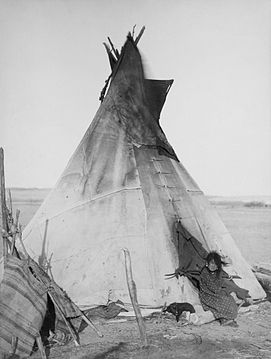



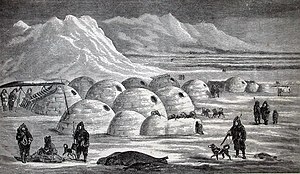

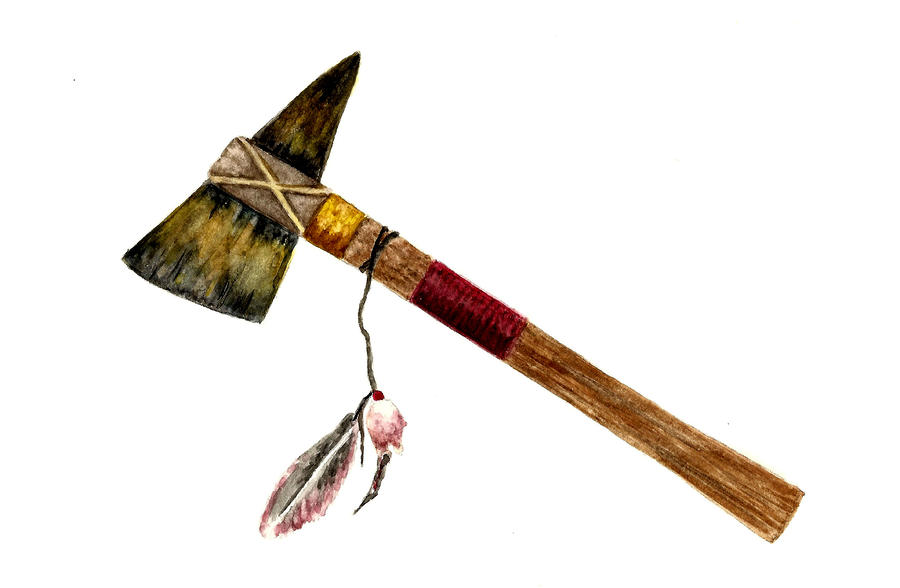

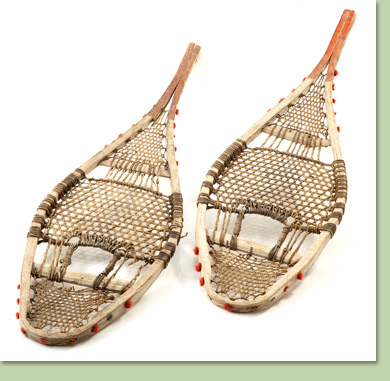


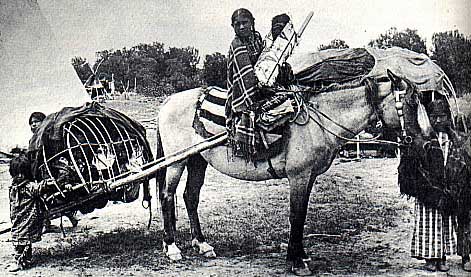

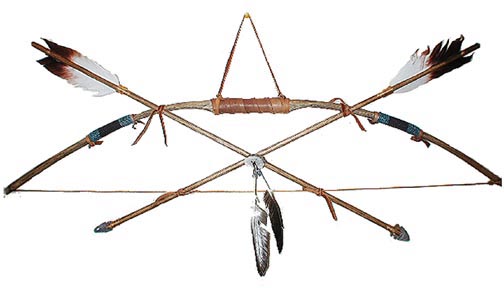




Leave your comment